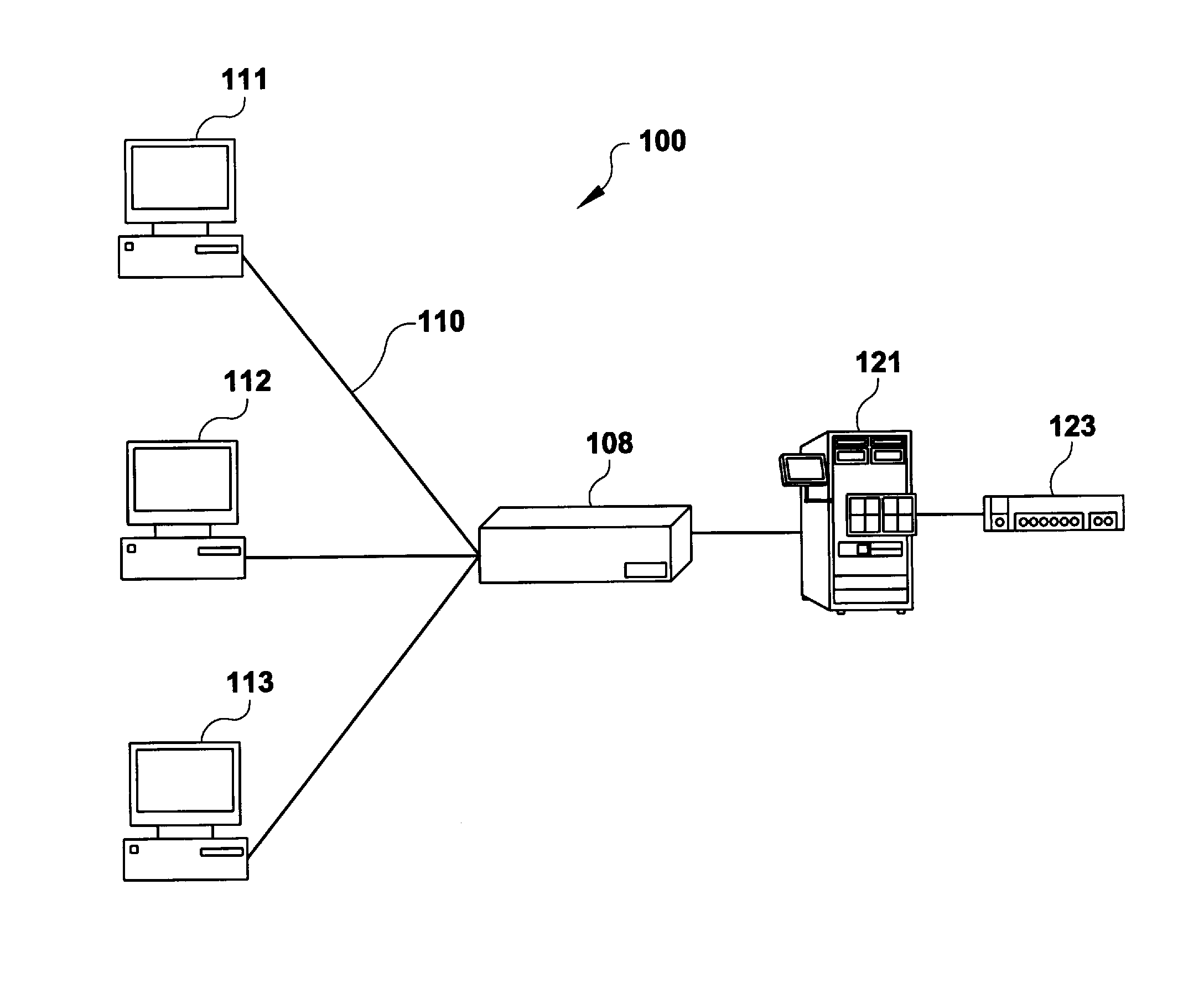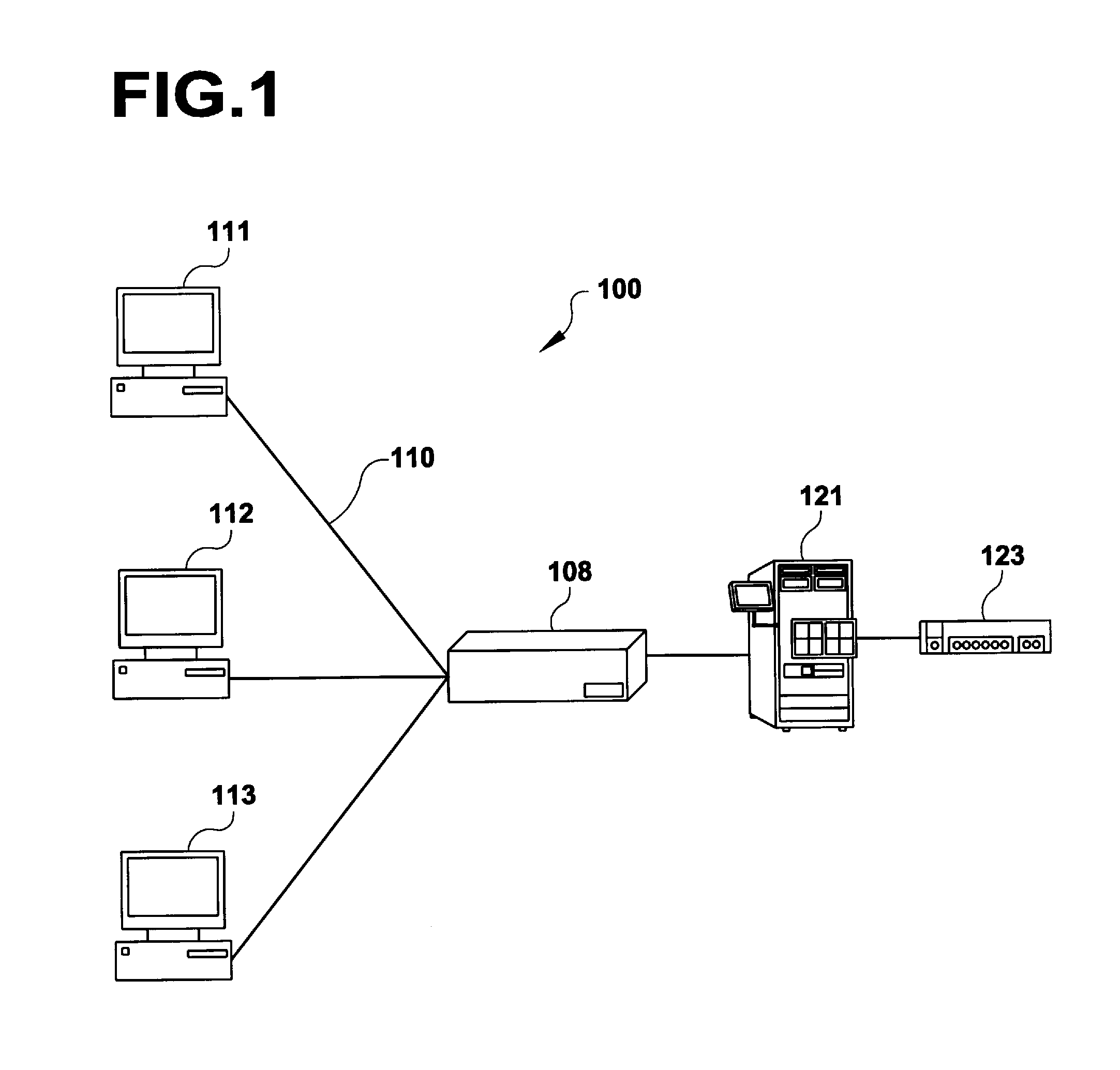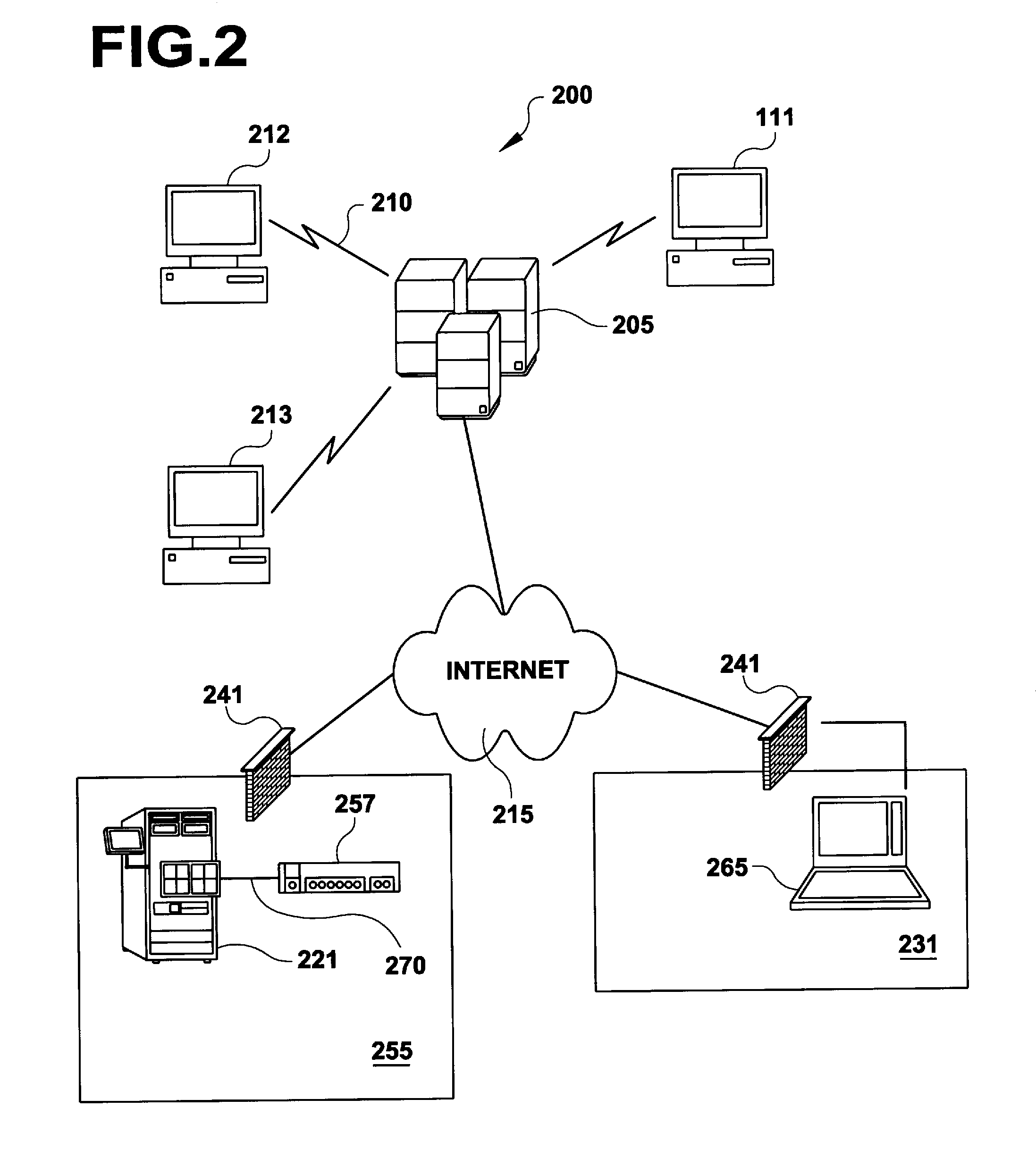Predictive Automated Maintenance System (PAMS)
a maintenance system and automatic technology, applied in the field of computer networking, can solve the problems of misdiagnosed maintenance issues affecting the allotment of onboard stores for preventive maintenance, ineffective for sustaining battle force missions, and inability to fully address the problem in the context of an aggregate of information
- Summary
- Abstract
- Description
- Claims
- Application Information
AI Technical Summary
Benefits of technology
Problems solved by technology
Method used
Image
Examples
Embodiment Construction
[0019]Overview and General Concept
[0020]The present system presents a predictive and automated maintenance system (PAMS) that supports shipboard manpower reduction and establishes the foundation for an advanced automated maintenance and logistics support for a plurality of remote fleet units. Current conventional time-phased or on-demand maintenance for shipboard equipment is very costly, time consuming, behind schedule, and ineffective for sustaining battle force missions. It is essential to change the current maintenance concept to take advantage of more advanced Command, Control, Communications, Computers and Intelligence (C4I) network availability to reduce future fleet operations and support cost.
[0021]The PAMS allows for remote configuration management of supported systems. The PAMS facilitates the transformation from a local maintenance paradigm to a net-centric paradigm to remotely manage and maintain fleet systems. The PAMS facilitates this transition by utilizing a network...
PUM
 Login to View More
Login to View More Abstract
Description
Claims
Application Information
 Login to View More
Login to View More - R&D
- Intellectual Property
- Life Sciences
- Materials
- Tech Scout
- Unparalleled Data Quality
- Higher Quality Content
- 60% Fewer Hallucinations
Browse by: Latest US Patents, China's latest patents, Technical Efficacy Thesaurus, Application Domain, Technology Topic, Popular Technical Reports.
© 2025 PatSnap. All rights reserved.Legal|Privacy policy|Modern Slavery Act Transparency Statement|Sitemap|About US| Contact US: help@patsnap.com



